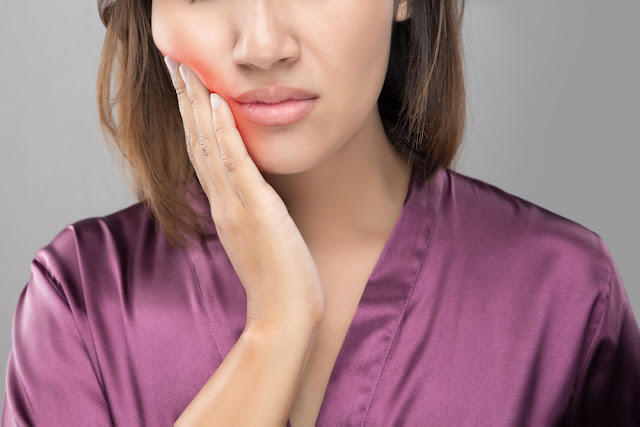Tooth extraction is often referred to as dental extraction, exodontia, exodontics or tooth pulling. A dental extraction is the removal of teeth. There are mainly two types of dental extractions – Simple Dental extraction and Surgical Dental extraction. Uncomplicated dental extraction is used to remove teeth which are readily visible to us. Surgical dental extraction involves gaining access to the tooth to be removed.
Simple dental extraction:
Simple dental extraction involves removal of the teeth which are visible in the mouth. Dentists carry out this process during their dental practice period. They use anesthesia to numb the area where the tooth is to be removed. Numbing reduces the pain to be taken by the patient. Elevator and dental forceps are instruments used for the teeth to grasp the visible portion. The elevator is usually used to relax the tooth and dental forceps to grip the tooth. The tooth can be removed by moving it to and fro till periodontal ligament breaks to loosen the tooth area so that it can be removed with ease. The removal requires some amount of pressure to be applied while moving the tooth.
Surgical dental extraction:
Surgical dental extraction involves removal of the teeth which are not readily accessible inside the mouth. It may be because it might have got fractured along the gum line. In this process, it is necessary to use incision into the connective tissue to gain access to the tooth to be removed. In many cases, the tooth has to be fragmented into small pieces for easy removal of the damaged tooth. This procedure is to be performed by the oral surgeon. However, in some instances, even the general dentist will also be authorized to act.
Reasons For Extraction of Tooth
Although permanent teeth are expected to last a lifetime, there are various reasons for extracting the teeth. The reasons can be listed out as follows:
- Damaged/ decayed tooth: Teeth which are damaged or spoiled have to be removed from the mouth.
- Crowded mouth: Your doctor may recommend extraction of teeth if he is preparing you for orthodontics- the process of aligning your teeth to avoid crowdedness in the mouth. That enables the mouth to find some space for eating and chewing.
- Infection: If the tooth damage extends to the pulp containing nerves and blood vessels, there are chances for bacteria to enter the mouth which causes the problem to the tooth. This infection arising at a particular tooth can spread to the adjacent teeth present. So it is most advisable to remove the infected tooth immediately.
- Gum disease: Periodontal gum disease can be one of the reasons for tooth extraction. An infection in the gum tissue leads to the loosening of the tooth which requires tooth extraction.
What to Expect out of Tooth Extraction?
Tooth extractions are to be performed by the dentists and oral surgeons. Before the removal of the tooth, your dentist will give local anesthesia to the patient. If more than one tooth is scheduled for extraction at the same time, general anesthesia has to be given to numb the area of removal of the teeth. It prevents the pain throughout the body and lets you sleep during the procedure.
The dentist is allowed to cut the gum tissues and bone tissues if the tooth is impacted. The tooth needs to get loosened up which allows easy removal of the tooth. In some instances, it is required to fragment the tooth into smaller pieces and then extract them. Forceps are used for that purpose.
Once the tooth has been plucked, the dentist either puts a gauze pad or place stitches to close the gums over the extraction area. If the blood clots in this area it causes a lot of pain. This condition is known as dry socket.
Things to discuss with your Dentist before you have your Tooth Pulled?
Before having a tooth pulled, you should let your dentist know the medications and supplements you take and your entire medical history. You should also inform your dentist know if you have the following:
- Weak immune system
- Liver disease
- Damaged valves
- Any heart defects
- Artificial joints
Tulsa Dentist, Mr. Chris Vinson says, “Post-treatment of the tooth extraction is a crucial time to take proper care for healing purposes. You will be given a few instructions regarding food patterns which are to be followed. One should also keep the surgical site clean to avoid all kinds of infections later. If your dentist prescribes you an antibiotic, it is essential to follow the course of treatment to prevent disease. You may also be instructed to avoid smoking and drinking with a straw.”
References:
- https://en.wikipedia.org/wiki/Dental_extraction
- http://tulsaprecisiondental.com/tooth-extractions/
- http://tulsaprecisiondental.com
- https://www.webmd.com/oral-health/guide/pulling-a-tooth-tooth-extraction#1


Nice article
ReplyDeleteThank You!
Delete